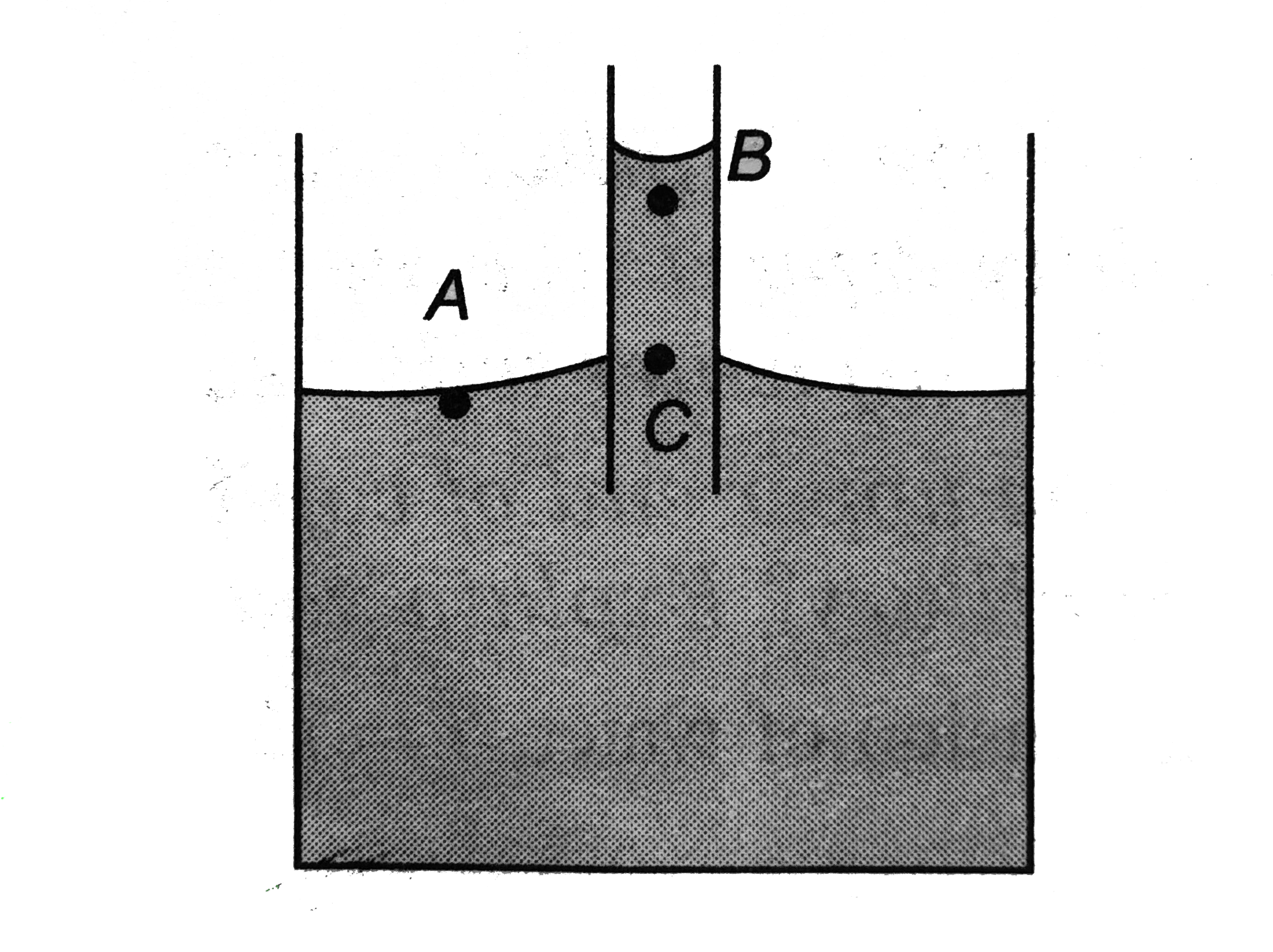Capillary tubes of length l and 2l are connected in series, their radii are r and 2r respectively. If stream line flow is maintained and pressure difference across first and second capillary tubes are P1 and P2 respectively then find the ratio P1P2.
Equating the rate of flow of liquid,
Here Q1=Q2 and Q=πr4P8ηl
∵π(r)4P18ηl=π(2r)4P28η(2l)⇒P1P2=8
Topper's Solved these Questions
- MECHANICAL PROPERTIES OF FLUIDSBOOK - NARAYNACHAPTER - MECHANICAL PROPERTIES OF FLUIDSEXERCISE - C.U.Q
117 Videos
- MECHANICAL PROPERTIES OF FLUIDSBOOK - NARAYNACHAPTER - MECHANICAL PROPERTIES OF FLUIDSEXERCISE - Level 1 (C.W)
54 Videos
- MATHEMATICAL REVIEW & PHYSICAL WORLDBOOK - NARAYNACHAPTER - MATHEMATICAL REVIEW & PHYSICAL WORLDEXERCISE - C.U.Q
13 Videos
- MECHANICAL PROPERTIES OF SOLIDSBOOK - NARAYNACHAPTER - MECHANICAL PROPERTIES OF SOLIDSEXERCISE - LEVEL-II (H.W)
24 Videos
Similar Questions
There capillaries of length l, 2l and l/2 are connected in series. Their radii are r, r/2 and r/3 respectively. If stream line flow is maintained and the pressure difference across the first capillary tube is P1, find the pressure difference across (i) the second and (ii) the thired capillary tube.
View SolutionA liquid flows through two capillary tubes A and B connected in series. The length and radius of B are twice that of A. What is the ratio of the pressure difference across A to that across B ?
View Solution
Knowledge Check
L,L2 and L3 are connected in series. Their radii are r, r2 and r3 respectively. Then, if stream-line flow is to be maintained and the pressure across the first capillary is P, then:
Athe pressure difference across the ends of second capillary is 8PBthe pressure difference across the third capillary is 43 PCthe pressure difference across the ends of second capillary is 16 PDthe pressure difference across the third capillary is 59 PThree capillaries of length L,L2andL3 are connected in a series. Their radii are r,r2andr3 respectively. If a streamlined flow is to be maintained and pressure difference across the first capillary is ρ, then the pressure difference across the second capillary will be
A2ρB8ρCρDρ2In a resonance tube apparatus, the first and second resonance lengths are l1 and l2 respectively. If v is the velocity of wave. Then
AFrequency is , u=V2(l2−l1)BEnd correction , is e=l2−3l12CEnd correction is, e=l2−3l12DFrequency is , u=V4(l2−l1)
Three capillaries of lengths l1,l2 and l3 and radii r1,r2 and r3 respectively are joined in series. If p is pressure difference across the combination of capallaries, what will be the volume of liquid flowing per second?
View SolutionThe lengths and radii of two wires of same material are respectively L, 2L, and 2R, R. Equal weights are applied on then. If the elongations produced in them are l1 and l2 respectively then their ratio will be
View SolutionTwo tubes of radii r1andr2 and lengths l1andl2 respectively, are connected in series and a liquid flows through each of them in streamline conditions. P1andP2 are pressure differences across the two tubes. IfP2 is4P1 and l2 is l14 then the radius r, will be equal to:
View SolutionTwo capillary tubes of lengths in the ratio 2:1 and radii in the ratio 1:2 are connected in series. Assume the flow of the liquid through the tube is steady. Then, the ratio of pressure difference across the tubes is
View SolutionA capillary tube is dipped in a liquid. Let pressure at point A,B and C be pApB and pC respectively, then

View Solution
